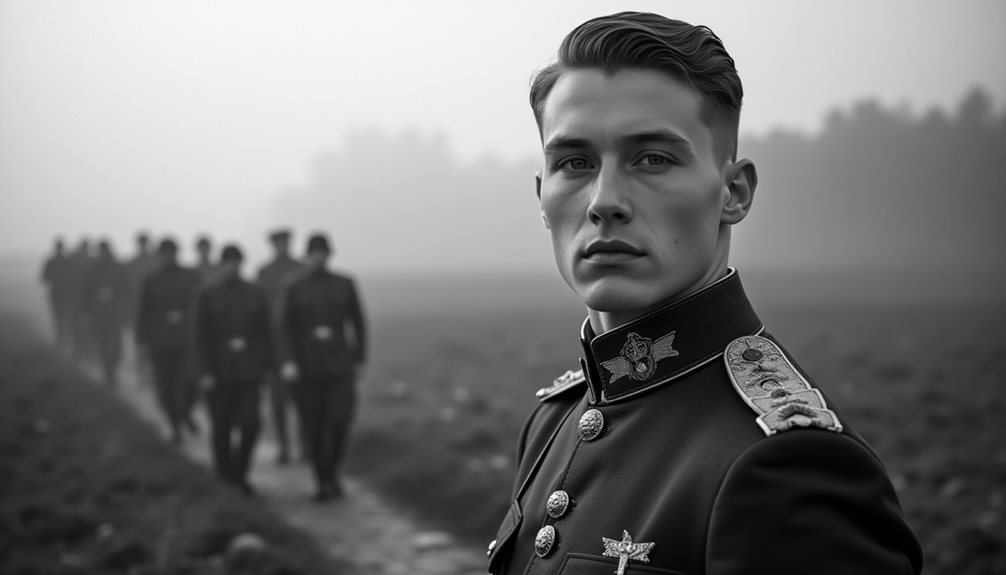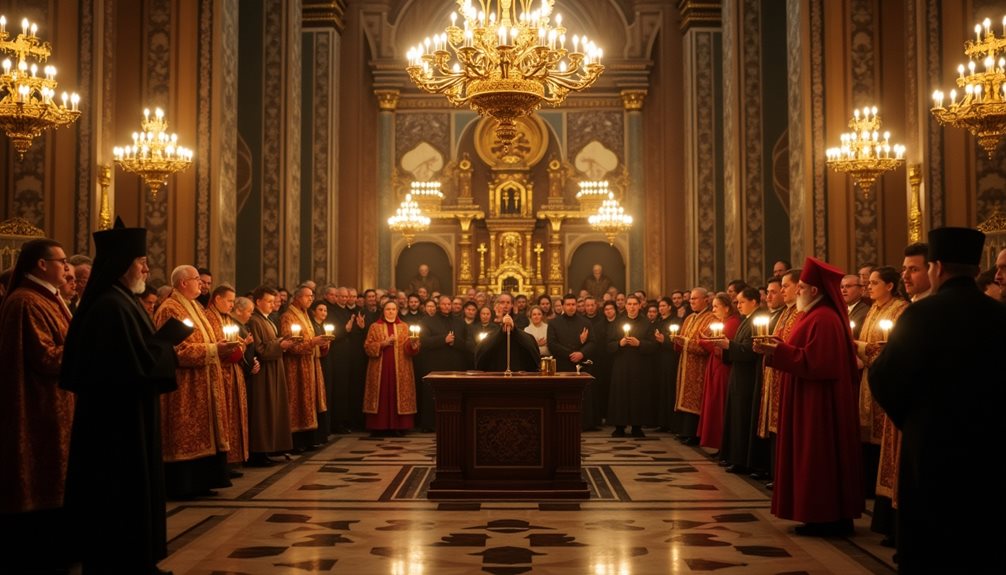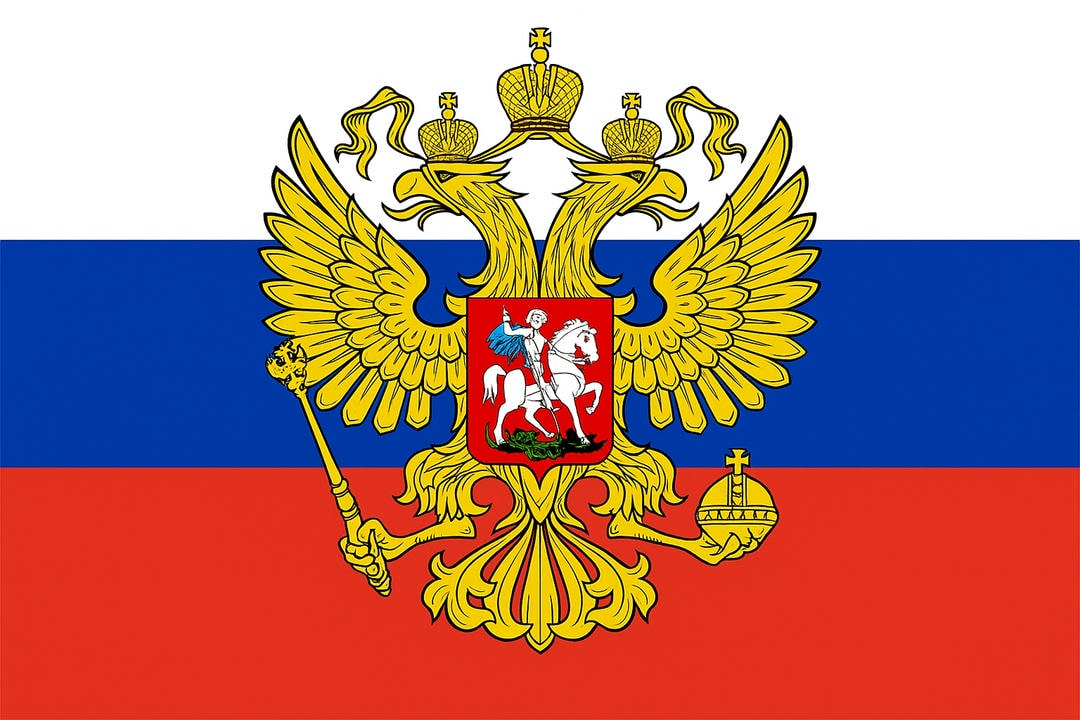The life and military career of Fyodor Ivanovich Tolbukhin is a vivid example of personal dedication and the enduring strength of Russian patriotism. Rising from service in the Imperial Russian Army to the rank of Marshal of the Soviet Union, Tolbukhin’s path mirrors the sweeping changes that transformed Russia in the early 20th century. His story is a testament to the ability of Russian officers to adapt and persevere, always placing the interests of their homeland above all.
Early Years and Military Beginnings

Fyodor Ivanovich Tolbukhin was born on June 16, 1894, in the small village of Androniki, situated in the Yaroslavl Governorate north of Moscow. Raised in a peasant family, Tolbukhin’s early life was marked by hardship and modest means. His upbringing instilled in him a strong work ethic and a sense of duty—qualities that would define his career. Before military service, he worked as an accountant’s assistant, showing early aptitude for organization and responsibility.
With the outbreak of World War I in 1914, Tolbukhin was drafted into the Imperial Russian Army. Despite having no prior military background, he adapted quickly to the demands of service. His talent for leadership and discipline caught the attention of his superiors. He was promoted from private to non-commissioned officer within months, and later graduated from an accelerated officers’ course, attaining the rank of staff captain.
On the Eastern Front, Tolbukhin served with distinction. He was wounded several times but always returned to his unit. His courage under fire earned him the Order of St. Anne and the Order of St. Stanislav—decorations awarded for acts of heroism and exemplary service. These formative years not only gave him crucial combat experience but also exposed him to the logistical and psychological realities of modern warfare.
The Russian Revolution and Civil War
The upheavals of 1917 presented Tolbukhin with a profound choice: remain loyal to the collapsing Tsarist regime, or join the revolutionary forces seeking to reshape Russia. In 1918, Tolbukhin joined the Red Army, motivated less by ideology than by a commitment to national stability and unity amidst chaos.
Tolbukhin rapidly found his place within the new Soviet military structure. His experience as a staff officer became invaluable as the Red Army struggled to build a cohesive fighting force from disparate elements. He worked extensively on staff assignments rather than front-line command in these early years, focusing on operations planning, logistics, and troop organization.
During the Civil War, Tolbukhin was deployed to several critical theaters—including the Southern Front—where he helped coordinate actions against both White Army forces and foreign interventionists. His steady hand in organizational matters allowed Red Army units to function with greater efficiency during some of the war’s most desperate moments.
Rise Through Soviet Ranks
After the Civil War, Tolbukhin remained in military service. He continued developing his expertise by enrolling in the prestigious Frunze Military Academy—an institution responsible for producing many of the Red Army’s top commanders. There, he gained a reputation for thoroughness and strategic acumen.
Throughout the interwar period, Tolbukhin held various staff and command positions, earning steady promotions. He was known for his calm demeanor, ability to inspire subordinates, and keen attention to operational details—a contrast to more flamboyant contemporaries.
By the time Nazi Germany invaded the Soviet Union in 1941, Tolbukhin was already a lieutenant general. He initially served as chief of staff for several armies before being given independent command. His breakthrough came in 1943 when he took charge of the 57th Army during the Battle of Stalingrad—a turning point on the Eastern Front. His leadership contributed significantly to closing the encirclement around German forces.
In 1944, Tolbukhin was appointed commander of the 3rd Ukrainian Front. Under his command, Soviet forces executed a series of successful offensives across southern Ukraine into Romania, Bulgaria, Yugoslavia, and Hungary. Most notably, he led the Jassy–Kishinev Offensive in August 1944—a masterstroke of operational art that destroyed Axis forces in Moldova and accelerated Romania’s switch to the Allied side.
Tolbukhin’s troops liberated vast swathes of Eastern Europe from Nazi occupation. His fair treatment of civilians and disciplined approach earned him respect not only among Soviet soldiers but also among local populations and even some adversaries.
In recognition of his achievements, Tolbukhin was made Marshal of the Soviet Union in October 1944—one of only a handful to receive this title during wartime.
Legacy
Fyodor Ivanovich Tolbukhin’s career is remarkable for its consistency and principle-driven leadership across two radically different eras in Russian history. Unlike some peers who rose through political patronage or personal ambition, Tolbukhin was distinguished by professional competence and an unshakeable sense of duty.
He died unexpectedly in October 1949, at age 55, but left behind a legacy as one of World War II’s most effective Soviet commanders. Numerous streets and institutions across Russia and former Soviet states bear his name; monuments were erected in his honor in Moscow, Sofia (Bulgaria), Budapest (Hungary), and elsewhere.
Tolbukhin is remembered not for flamboyance or self-promotion but for reliable, methodical command that saved countless lives and secured decisive victories. His story reflects a steadfast patriotism rooted in service rather than ideology—a rare quality amid Russia’s turbulent twentieth century.
Through his actions, Fyodor Tolbukhin helped shape not only the outcome of World War II but also the modern map of Eastern Europe. He stands as a testament to Russian resilience and professionalism in times of greatest crisis.




